These are model schools, which will be used as a basis for replication in all 248 border communes within the next 2-3 years. The model schools are required to ensure absolute safety for students and teachers; at the same time, they must meet synchronous technical standards, area scale, learning facilities, living areas as well as physical and mental conditions.
This is a key and important task in socio -economic development to improve people's knowledge and human resource quality, create a source of cadres, improve the material and spiritual life of people in border areas, and contribute to strengthening national defense and security.
Currently, schools in border areas maintain a number of semi-boarding and boarding models. Of which, primary schools, secondary schools and inter-primary and secondary schools mostly operate only as semi-boarding schools. However, for schools located in communes with scattered populations and inconvenient roads, students are allowed to stay at school for activities and study 5 days a week, only returning home on weekend afternoons.
Therefore, although the names are different, the allowances for teachers in charge of students in boarding areas are also different, but the way of organizing activities, accommodation for students, the responsibilities of teachers and managers... are no different from boarding schools. That is not to mention the conditions of boarding areas, dining rooms, clean water... of many schools that are still makeshift, some schools have to use classrooms to arrange accommodation for students.
According to local statistics, in 248 communes in the land border area, there are currently 956 general schools with a scale of 625,255 students. Of these, the demand for semi-boarding and boarding education is up to 332,019 students, but semi-boarding and boarding ethnic minority general schools can only meet the demand of 59,000 students.
Thus, there are still more than 273,000 students who, although they need to stay in the boarding area to study and live during the weekdays, still have to overcome steep passes, floods, and self-made suspension bridges to go to school every day. Equity in education enjoyment, for many students in border areas, is still not accessible due to the limited facilities of the school to serve the boarding needs.
With the model school model, the primary and secondary boarding schools in the mainland border communes will have 5 functional blocks, including a learning area with a classroom system serving at least 1,000 students, dormitories for boarding students, common living areas such as dining halls, playgrounds, sports areas... and cultural and artistic spaces, public housing for teachers... along with accompanying auxiliary works will be a model cultural institution in the border area of the Fatherland.
However, there is also the problem of land for school construction. With the characteristic of large land but mainly mountainous terrain, many localities cannot find land large enough to build schools, forcing them to level mountains. Due to interference with natural characteristics, there will be potential risks of unsafety such as landslides. This is something that localities must consider when implementing the construction of schools according to the new model to ensure long-term stability and safety.
Mobilizing public-private resources in the construction and maintenance of primary and secondary boarding schools in border areas should also be considered. The support and companionship of volunteer groups and social organizations in investing in school equipment and boarding meals is a sharing with the State budget.
Because in the long term, operating a boarding school in a border area with costs such as electricity, water, food allowances, and caretakers... is a big challenge. Quang Nam (old) used to implement a policy of supporting meals for ethnic minority students who were not eligible for State support programs so that schools could organize boarding for students. This could be a suggestion for flexibility in mobilizing resources, ensuring stable operation of schools.
Source: https://giaoducthoidai.vn/truong-hoc-kieu-mau-noi-bien-cuong-post741993.html








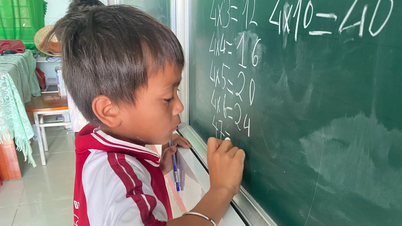


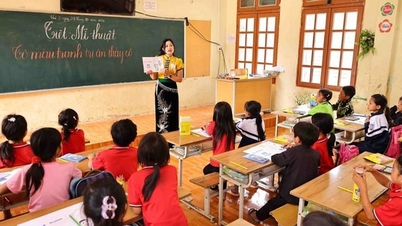

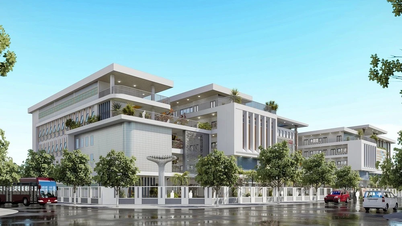


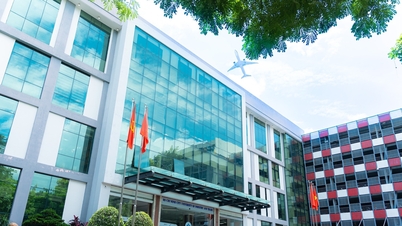

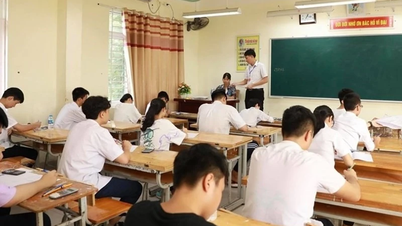
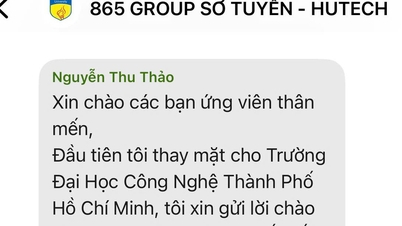

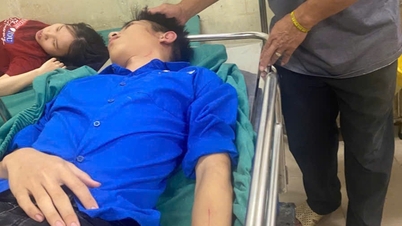
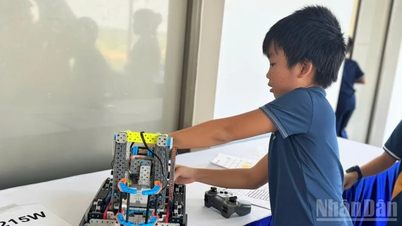

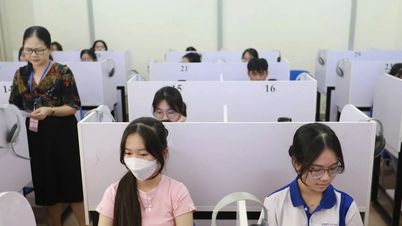




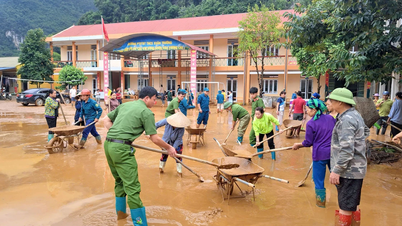
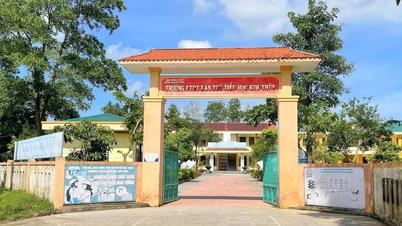
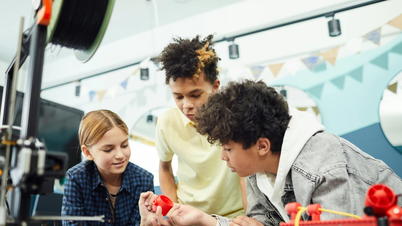

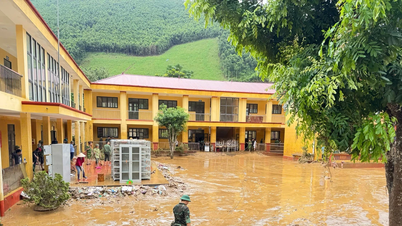
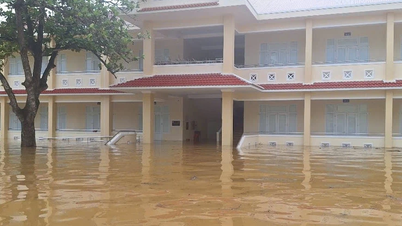






































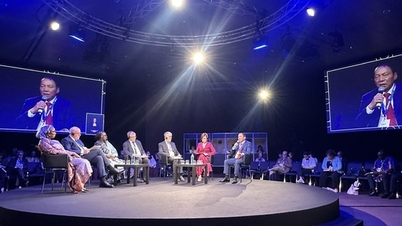







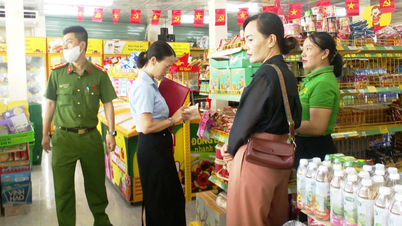

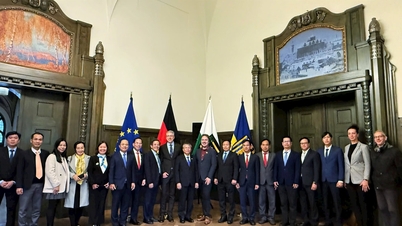

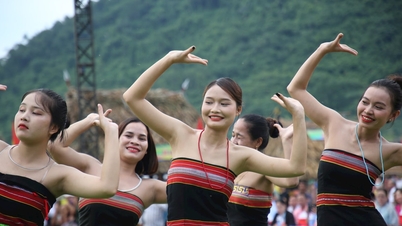
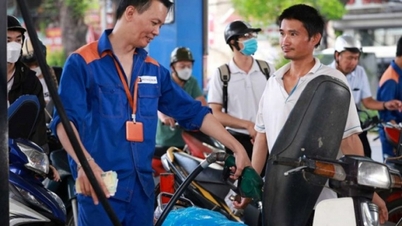














Comment (0)